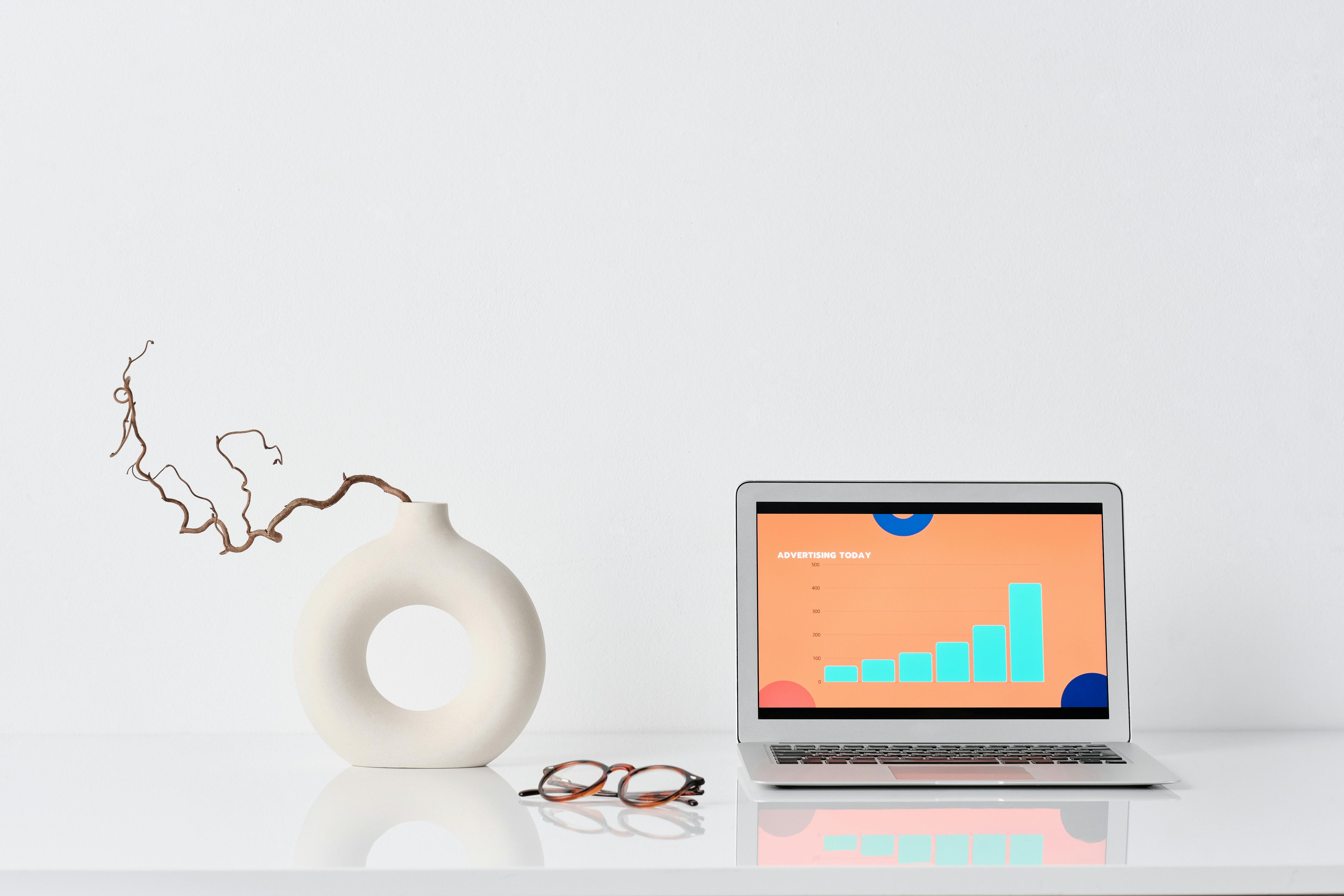Web graphic design is an important component of your digital marketing campaign. If you’ve built your websites and web pages correctly, and in such a way that your readers and prospects won’t have a hard time finding the information you might be sharing, this will drive good traffic and help your business thrive.
Web Graphic Design covers different areas:
1. Web graphic design
2. User interface design
3. Authorship
4. User experience design
5. SEO
Web graphic design elements
A. Layout: Decide how your information is structured and categorized. For user trust and engagement, it is vital to preserve design that is consistent across different devices.
B. Appearance: colors, fonts and images… these are the three key elements here. Using the right colors, fonts, and images that fit your theme and convey the main business messages, in the most fruitful way, will help.
C. Content – Perhaps the most important element, the overall quality of your content will decide whether your pages and sites will attract traffic and your business will grow.
D. Designs: Usability and utility and not visual designs should be the mantra. Ensure that you have user-centric designs to provide the best user experience.
Significantly, desktop browser website design and mobile and tablet browser website design are two different things, so they should not be confused with one another. Make sure that as you design your pages, they flow effortlessly and smoothly from desktop to mobile screen.
Design Types
Basically, there are two types of layout:
A. Responsive: Here, the dynamics of the content moves
B. Responsive: Here, the content is fixed in layout and size.
Web Graphic Design: 6 Top Tips That Will Help You Stand Out From The Crowd
Back to tips, here we go!
1.Have high-quality content. Content is king. If you can provide easy-to-digest information quickly, your readers and visitors will love you for it. Web users, while searching for information online, want immediate gratifications. They don’t read, they just scan. The most common users select the first link that could lead to the goal. Create content with this fact in mind. Write short, concise sentences, following the ‘scannable layout, plain language and objective’ template. Also, provide user-friendly print editions for a good user experience.
2. Go all out for simplicity. Don’t show off your design skills. Keep your site and pages uncluttered and easily navigable.
3. Avoid using too many Call to Action (CTA) buttons – it will annoy your readers. Users want to be in control. Therefore, never open links in a new browser.
4. Make your pages clear and self-descriptive. Have consumable pieces of information for your readers.
5. Have a clear structure, moderate visual clues, identifiable links – a confused visitor will leave your site immediately. So guide it smoothly and smoothly with moderate visual clues, identifiable links.
6. Provide white space solutions: Browsing puts a lot of strain on your eyes, especially if you have to read through large pieces of content to find what might interest you. So have plenty of white space to soothe the ‘tired and strained’ eyes of your readers and visitors, and keep them glued on.



